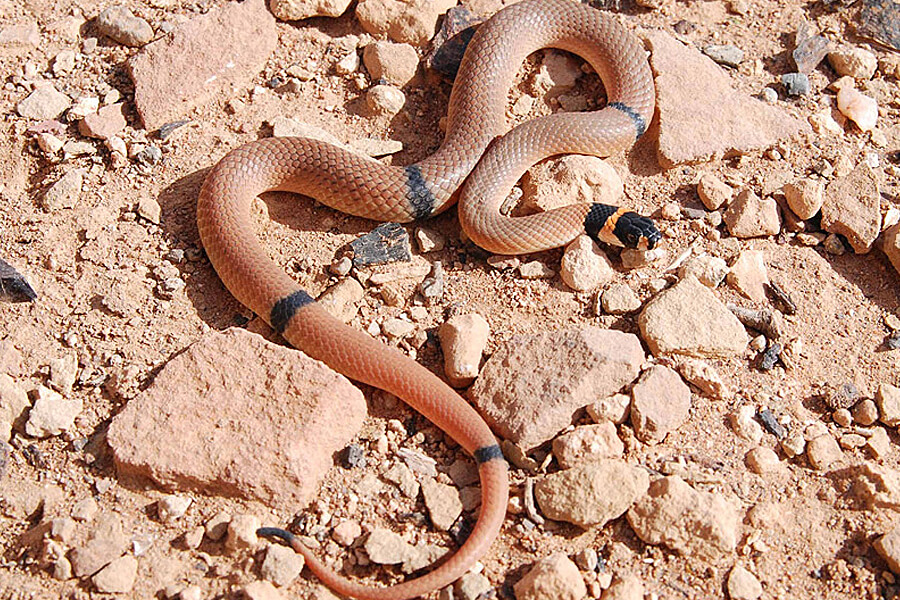Introduction
When it comes to poisonous serpents, Australia is home to some of one of the most remarkable and dangerous species worldwide. Amongst these, the Tiger Snake sticks out not only for its powerful poison but likewise for its intriguing behavior. Comprehending the behavior of venomous serpents like the Tiger Serpent is essential for both wild animals lovers and those living in areas where these snakes exist. This short article explores numerous elements of Tiger Serpent actions, habitat, recognition, safety measures, and emergency treatment methods in situation of a serpent bite.
Understanding the Actions of Venomous Snakes Like the Tiger Snake
The Tiger Snake, clinically referred to as Notechis scutatus, is notorious for its aggressive nature when threatened. These snakes display a series of actions that can be quite different from their non-venomous equivalents.
Characteristics of Tiger Snakes
The Tiger Serpent is quickly well-known due to its distinctive bands or stripes that appear like a tiger's markings. They can differ in shade from yellowish-brown to dark olive Click here to find out more or black. This pigmentation serves not just as camouflage however additionally as a warning signal to potential predators.
Adaptability to Environment
One remarkable element of their habits is their adaptability to different atmospheres. Discovered primarily in seaside areas, marshes, and wetlands across Australia and Tasmania, they can thrive in diverse habitats consisting of city areas.

Hunting Techniques
Tiger Snakes are ambush predators primarily feeding on fish, frogs, and little creatures. They possess keen vision and a severe feeling of smell which assists them in finding target effectively.
Venom Composition
Their venom consists of neurotoxins that Eastern brown snake - skillstrainingcollege.com.au influence the nerve system, leading to paralysis or fatality in smaller sized animals. For humans, instant medical attention is critical after a tiger snake bite because of its potentially lethal effects.
Natural Environment of Tiger Snakes
Preferred Locations
Understanding where these serpents stay sheds light on their behavior patterns. The tiger snake habitat includes:
- Coastal regions Swamps Grasslands Urban locations with bountiful water sources
Seasonal Movements
During warmer months, Tiger Snakes are extra active as they bask in sunshine or hunt for food. In contrast, cooler months see them pulling back into hibernation sites.
Are Tiger Snakes Venomous?
Yes! The question "are tiger snakes poisonous?" frequently arises amongst those unfamiliar with this types. Their venom is taken into consideration among the deadliest among all serpent varieties worldwide.
Symptoms of a Tiger Serpent Bite
If bitten by a tiger snake, signs and symptoms may consist of:
- Localized pain Swelling at the bite site Nausea and vomiting Sweating and confusion
Immediate clinical assistance is critical as neglected bites can cause serious health and wellness difficulties and even death.
First Aid for Snake Bites: Quick Feedback Guide
Knowing exactly how to provide emergency treatment for a serpent bite could conserve a person's types of brown snakes life. Below's what you must do:
Step 1: Remain Calm
Keeping tranquility helps reduce heart rate which lowers poison spread.
Step 2: Paralyze the Impacted Area
Keep the influenced limb still and below heart level if possible.
Step 3: Call Emergency Situation Services
Always seek professional medical help promptly after a snake bite.

First Help for Serpent Bite Kit Essentials
A fully equipped snake bite first aid kit ought to include:
- A compression bandage Antiseptic wipes A pair of scissors A cold pack
Safety Safety measures: Avoiding Serpent Bites in Australia
Awareness Programs
Educating areas regarding regional snake varieties and their habits can significantly reduce encounters causing bites.

Avoiding Harmful Areas
Staying away from long turf during warmer months lessens call with snakes that may be resting or hunting.
Common Misconceptions Regarding Tiger Snakes
Many individuals believe mistaken beliefs concerning the behaviors of tiger snakes cause unneeded worry. Here are some explanations:
Myth 1: All Tigers Are Aggressive
Not all tiger snakes will certainly display aggressiveness if left undisturbed; lots of choose fleeing instead of confrontation.
Myth 2: They Chase Humans
Tiger serpents do not proactively chase human beings; they might strike when they feel intimidated however will usually retreat if given space.
Conservation Initiatives Associated with Venomous Snakes
Conservation efforts focus on informing areas concerning safeguarding neighborhood wildlife while decreasing human-snake interactions.
Importance of Ecosystems
Understanding that venomous snakes play a necessary role in preserving ecological balance assists foster gratitude as opposed to anxiety towards them.
FAQs Concerning Tiger Snakes
What needs to I do if I run into a tiger snake?- Maintain distance and gradually pull back without unexpected movements.
- While bites aren't incredibly usual because of recognition initiatives, they still take place yearly within Australia.
- Baby tiger snakes can supply full dosages of poison in spite of being smaller; hence caution is encouraged around them.
- They mostly take in frogs, fish, small mammals like rodents, and other reptiles.
- It's prohibited in a lot of jurisdictions without proper licensing because of security concerns regarding their venom.
- Wear strong boots and remain on significant trails; appearance before positioning hands or feet into hidden spaces like rocks or logs.
Conclusion
Understanding the actions of venomous serpents like the Tiger Serpent not only improves our expertise but additionally promotes security awareness amongst those living near their environments. From identifying their qualities, comprehending emergency treatment protocols following a bite, through engaging preservation efforts-- every facet plays a vital role in fostering conjunction with these remarkable reptiles while appreciating their location within our ecosystem.
As we grow our understanding with education and learning and experience, we add positively towards making sure both human security and wild animals preservation-- benefitting all events involved!